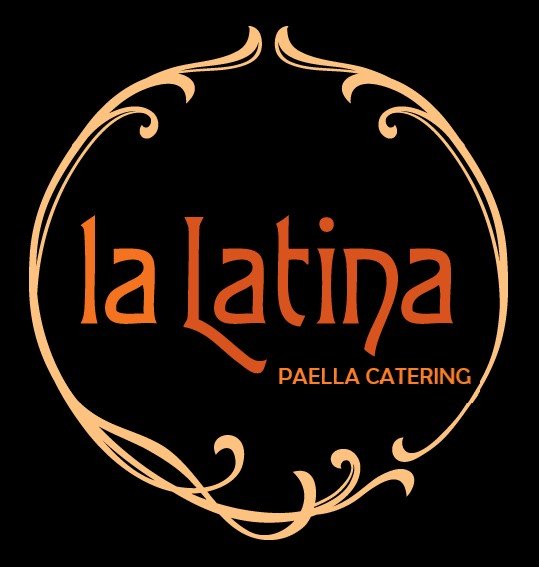Can you believe I’ve been making paellas in Perth for almost 10 years now? (Heck can I even believe it?!) And the funny thing is that I. JUST. DON’T. GET. BORED. OF. IT.
Sometimes I think, you just can’t reinvent the wheel, there’s nothing new to do, and then a flash of inspiration hits me…and before I know it, I’ve designed (and had my Father build) a wooden paella stall which I then decorated with a plethora of flowers!
Because La Latina is ‘the Latin woman’ (as well as THE tapas district in Madrid), and she brings femininity, warmth, passion and beauty to a sometimes very masculine Spanish food scene with it’s bull motifs, harsh yellows and reds, and fire pits.
I debuted my floral paella stand last season, and I just loved cooking in it, framed by flowers and seeing guests come up to have their picture taken with it (#instaworthy), or just hang by it’s bar, nibbling on complimentary olives, sipping sangria and having a chat as I made their paellas.
I’m looking forward to more flowers and more lights this season. Watch this space!













